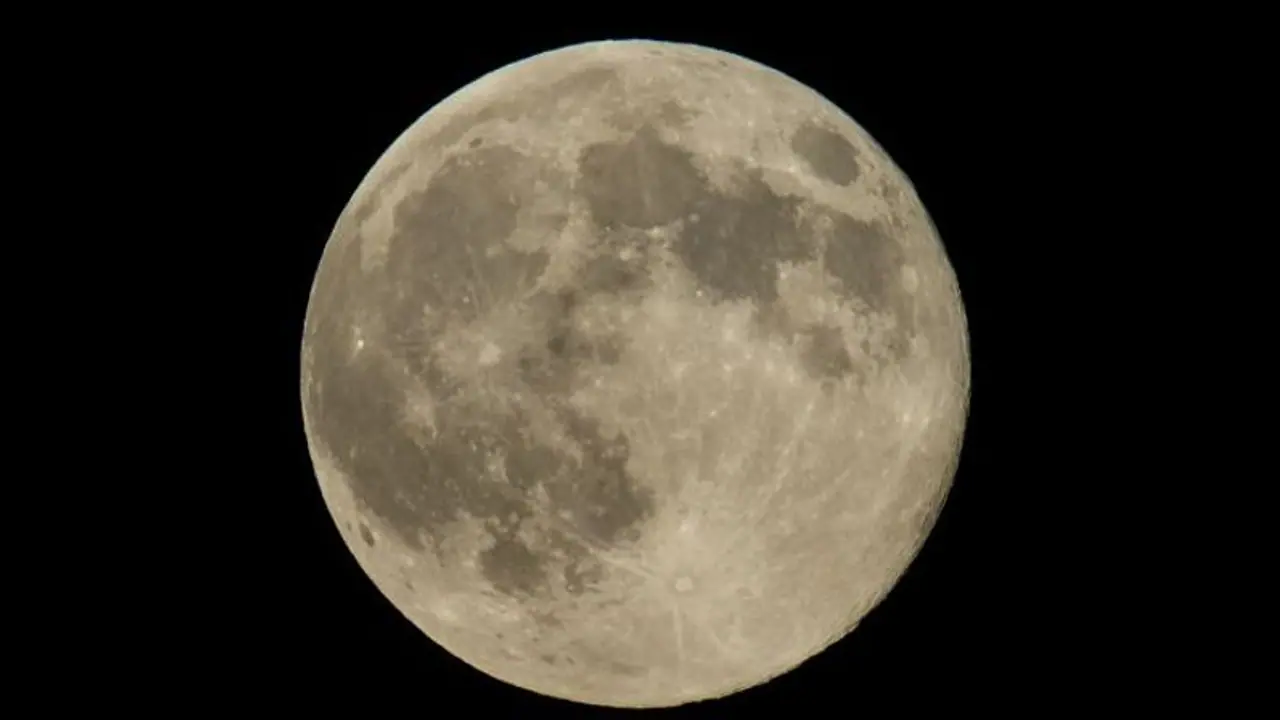A new study reveals that the moon is 40 million years older than previously thought, offering insights into its age and the Earth's history.
A recent analysis of moon crystals has unveiled that our celestial neighbor is 40 million years older than previously estimated. These lunar samples, collected by Apollo astronauts in the 1970s, have undergone multiple examinations. However, a new study, conducted by researchers at the Field Museum and the University of Glasgow, has shed new light on the age of the oldest moon crystal. Instead of the previously estimated 4.52 billion years, this crystal has been determined to be 4.46 billion years old.

Published in the journal Geochemical Perspectives Letters, the study has utilized a groundbreaking technique called atom probe tomography. This method involves using a laser to evaporate atoms from finely sharpened "nano tips" of crystals, allowing researchers to analyze the lunar samples atom by atom. By counting the atoms that have undergone radioactive decay, scientists were able to pinpoint the moon's age more precisely.
Lead author Dr. Jennika Greer of the University of Glasgow expressed the significance of this discovery: "It's amazing being able to have proof that the rock you're holding is the oldest bit of the moon we've found so far. It's an anchor point for so many questions about the Earth. When you know how old something is, you can better understand what has happened to it in its history."
The more accurate age of the moon is expected to enhance scientists' comprehension of the moon's history and evolution, as well as its impact on Earth.
Study co-author Philipp Heck, a professor at the University of Chicago, emphasized the moon's crucial role in our planet's development: "Without the moon, life on Earth would look different. It's a part of our natural system that we want to better understand, and our study provides a tiny puzzle piece in that whole picture."
The widely accepted theory concerning the moon's formation is the giant-impact hypothesis, which suggests that in Earth's early history, a colossal collision occurred between Earth and another celestial body. The resulting debris, held together by its own gravitational force, eventually formed the moon in its current state. Despite this theory, questions about when this collision transpired and the duration of the moon's formation process have persisted.
